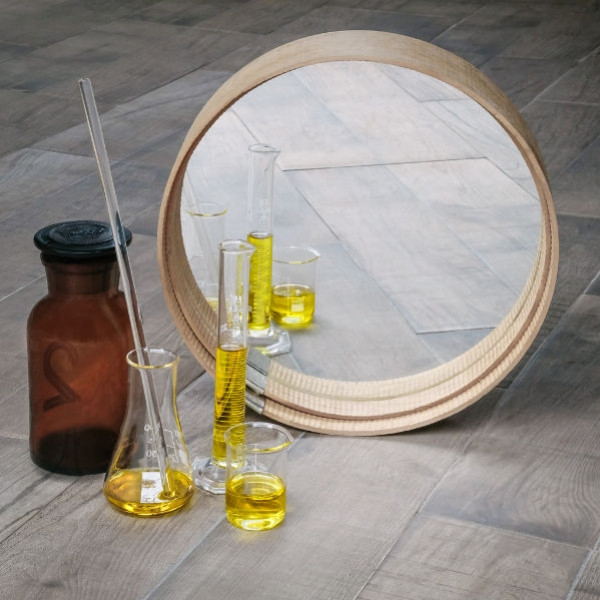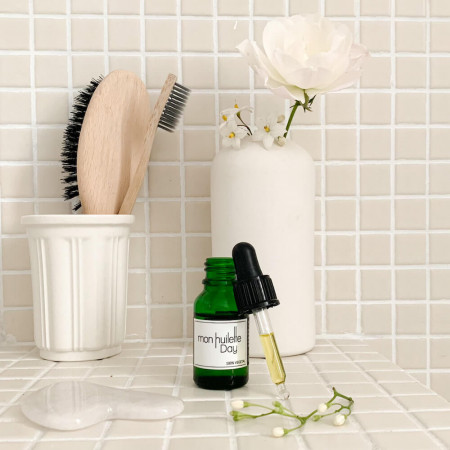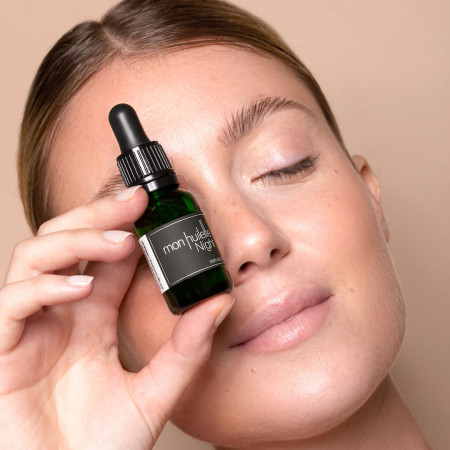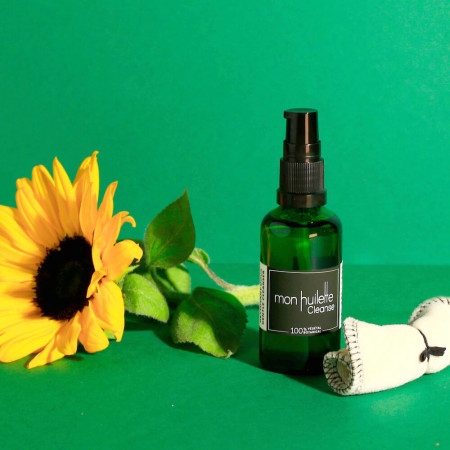
Essential oils and natural efficiency
Understand the efficiency of essential oils.
An essential oil is the concentrated liquid obtained by the volatile aromatic and odorous compounds of a plant. We can also speak of vegetable essence (from the Latin essentia, "nature of a thing" ).
Essential oils are obtained by distillation. If they are correctly extracted, botanically and biochemically defined, they are said to be “chemotyped” (a term you will often find in aromatherapy).
An essential oil* is made up of dozens of molecules and each is recognized for various properties. It is through these molecules so active that essential oils are very effective. Thus the Oregano will have regenerative effects to eliminate the dead cells, the Carrot will be able to attenuate the pigmentary tasks.
Active, effective and very concentrated, they are serious competitors to the active ingredients of conventional cosmetics. They also have the advantage of not having a disastrous impact on the environment.
Warning - It is best not to use pure essential oils without seeking advice from a pharmacist or aromatherapist. If you are not an expert, prefer cosmetics tested and validated by toxicology experts, which will guarantee you efficacy and safety.


